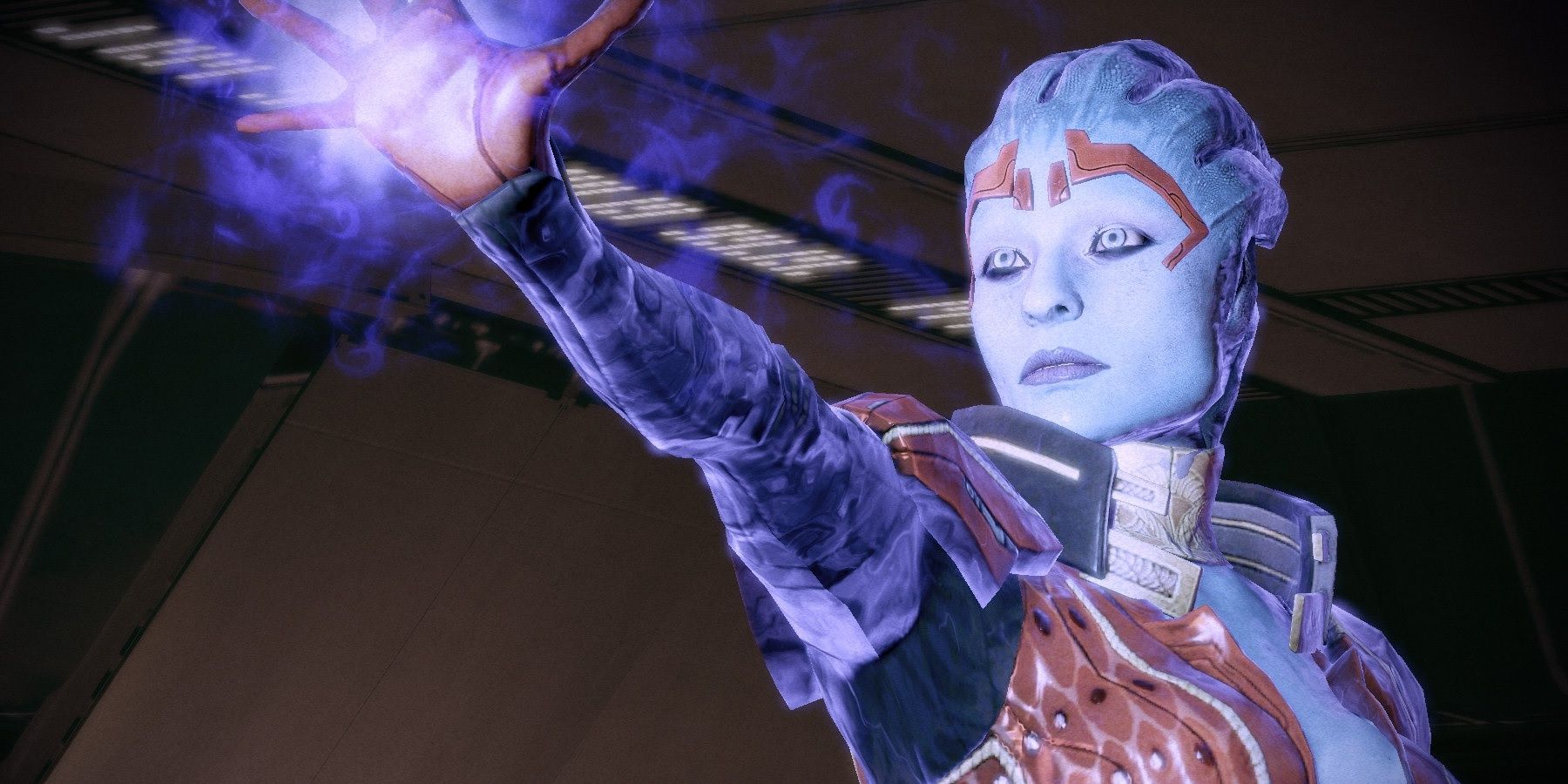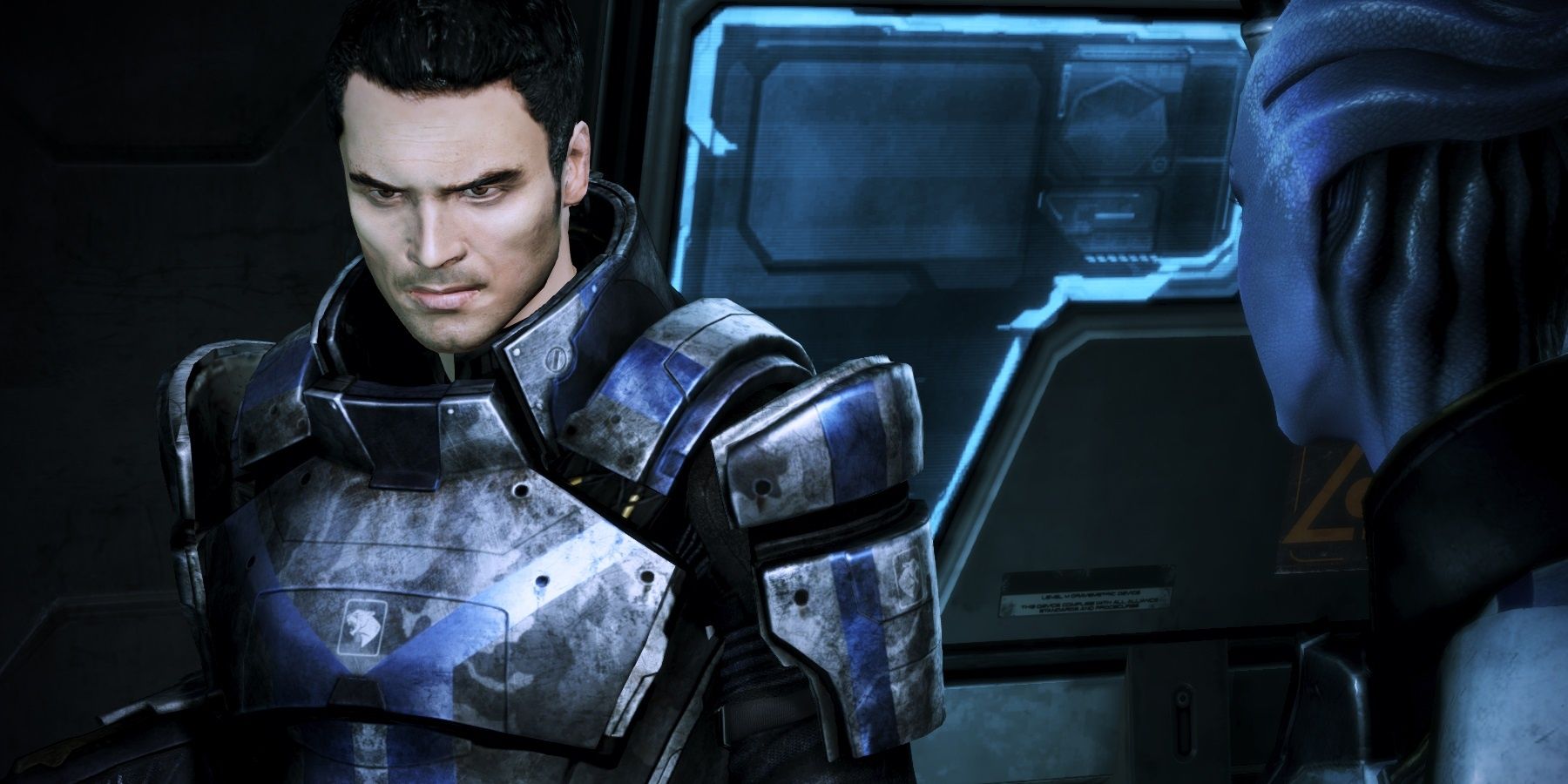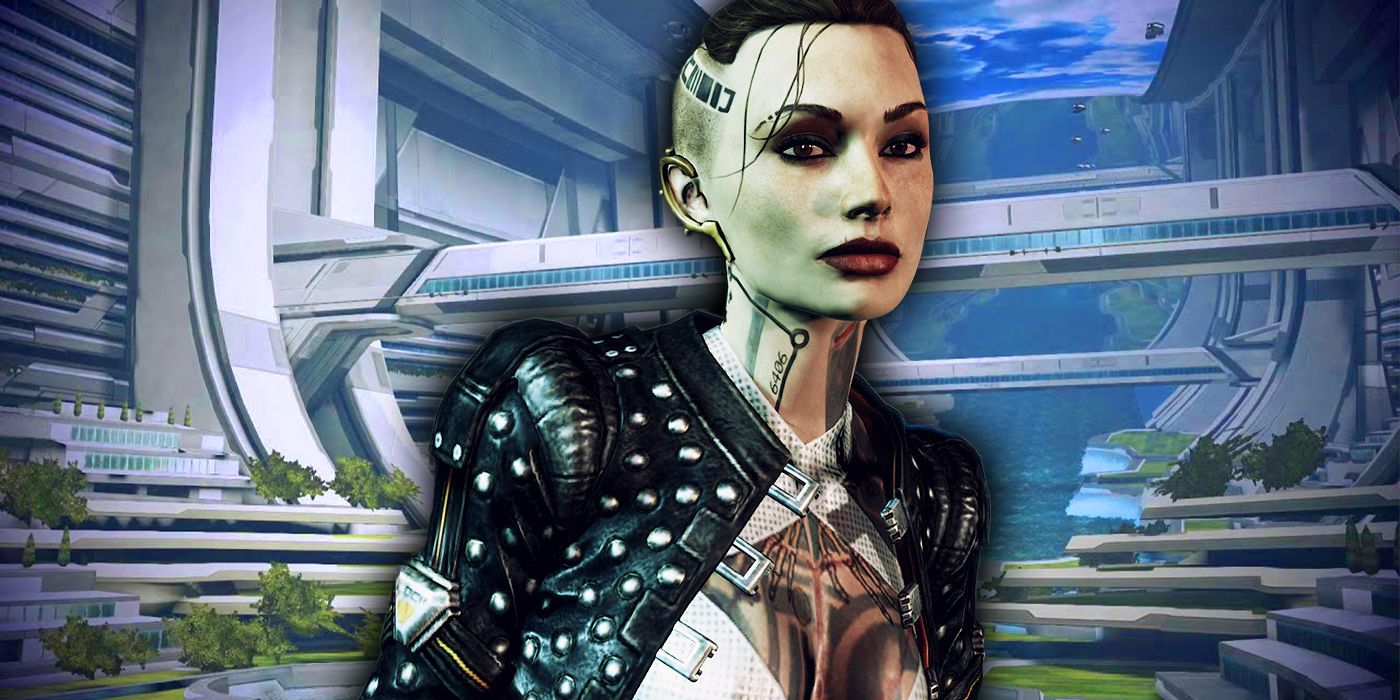In the Mass Effect universe, there is no magic, nor are there any supernatural beings. However, some aliens and phenomena act as clear stand-ins for magic and monsters. A good example of this is the existance of biotics, which serve as the game's version of magic powers or even the Force itself. This sounds like a lot of fun, but human biotics have it rough.
The player can customize Commander Shepard to be a biotic, and the Commander's teams will include biotic individuals including Lieutenant Kaidan Alenko, Jack and Cerberus operative Miranda Lawson. Biotics have some incredible abilities -- but there are risks and downsides to these astonishing gifts.
The Medical Procedures Supporting Human (& Alien) Biotics Powers
The Asari are naturally gifted with biotic powers, given the rich abundance of eezo on their homeworld of Thessia. Other alien species can harness it to a lesser degree, such as the Turians and the Salarians, but humanity lagged behind. In the mid-2100s, the human Systems Alliance was astonished to see some children developing this power as a result of element zero being dispersed in civilian areas. At the time, Alliance leaders and scientists didn't even know that eezo was a core component of biotic power, but once they figured that out, they began to push for more biotics among the Alliance's population.
It is strongly suspected that Conatix Industries began to secretly and deliberately expose certain civilians to intense eezo to foster biotic powers in them, often via orchestrated accidents. Once these accidents took place, Conatix officials would arrive on the scene suspiciously quickly and take care of the situation. Often, this meant placing implants in these young developing biotics, and several models of implants exist.
The L1 implants are safe but weak, and the L2 implants vary widely in both side-effects and biotic powers. Some L2 individuals can rival the Asari with their biotics, but may suffer equally serious downsides ranging from intense migraines to debilitating pain and even mental instability. Dr. Karen Chakwas of the SSV Normandy considered Lieutenant Kaidan Alenko, an L2 implant user, to be lucky to only suffer migraines.
Then, there are the L3 implants, a compromise between L1 models and L2 models. They are fairly safe, but a bit stronger than L1 implants. It is possible for an L2 implanted person to undergo surgery to get the L3 implants, but this is risky and can result in issues like severe memory loss. According to Kaidan, just one slip of the knife would make him forget his own name, so, he's stuck with erratic L2 implants and the migraines they induce.
It should also be noted that first-generation human biotics, including Kaidan, underwent harsh training at the hands of Turian mercenaries, who were free to use any methods they could think of, even brutal ones, to train human biotics. At the time, the Alliance feared it would look weak if it turned to Asari High Command, so those Turian mercenaries were hired in secret. This turned out rather badly, especially when Kaidan kicked and accidentally killed a Turian instructor while defending another classmate, Rana.
Examples of Biotics Implants & Tampering in the Games
Lieutenant Kaidan Alenko clearly depicted the dark side of human biotics with his migraine-inducing implants and his knowledge of Conatix's dark dealings. However, Commander Shepard happened upon even more extreme cases of twisted science creating terrifying biotics. The best example of this is Subject Zero, who also goes by Jack.
Commander Shepard knew nothing about Jack when the Commander docked at a prison ship to recruit her, except that she was a biotic powerhouse with far too much strength. Even the hardened, murderous prisoners of the ship feared Jack, and once free, Jack used her devastating powers to nearly blast the ship in half in an attempt to escape. As Shepard soon learned from Jack herself, she had been captured as a young girl and taken to the remote Teltin facility on Pragia. There, scientists ruthlessly experimented on her to unlock true human biotic potential.
Jack suffered nonstop abuse and torture at the Teltin facility, and many other children were experimented upon for Jack's sake. These rogue Cerberus scientists got what they wanted, but they also created a young woman seething with hatred and fear, unwilling to obey any commands. Fortunately, after years of miserably and aimlessly wandering the galaxy, Jack ended up at the Grissom Academy space station and taught biotic students there, acting as a gruff but kind maternal figure to her students.
A slightly more humorous example of biotic experimentation was a Volus man named Niftu Cal, who appears near the end of Samara the justicar's recruitment mission. Local Eclipse mercenaries captured and experimented on him and pumped him full of drugs, which Niftu found terrifying at the time. Then, very modest biotic powers manifested in Niftu Cal, and in his delirium, he saw himself as an incredible biotic powerhouse who could overwhelm even Asari commandos.
Tragically, Niftu was quite wrong about that, and, he will confront an Eclipse commando named Wasea and die at her hands unless Commander Shepard stops him first. Niftu Cal is rather amusing, but on the serious side, his situation raises the question of how many others have become delirious with biotic powers and picked fights they couldn't win.



